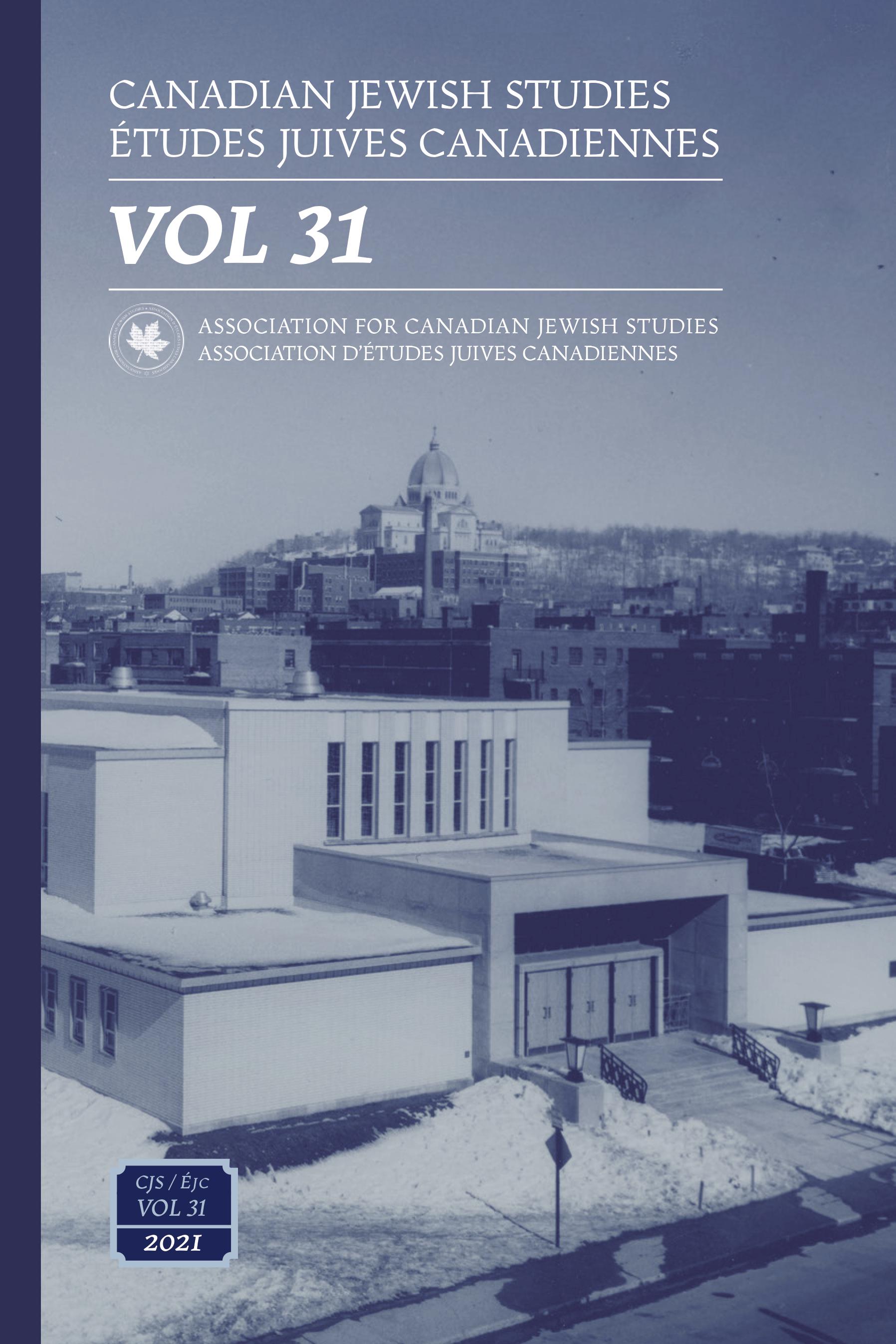Landscapes of Trauma and Transformation: Poems of Anne Michaels, Karen Shenfeld, and Miriam Waddington
DOI:
https://doi.org/10.25071/1916-0925.40215Abstract
Long before ecocriticism became a focus for textual analysis, poets articulated interconnection with the natural world. Not only green but vibrant colour across the spectrum has semiotically served poets as they sought to venture ever deeper into understanding the expanse of human experience and the anguish that all too often accompanies it. The idea of post-traumatic transformation is rooted in the Hebrew Bible and in the contextual stories with which it is intertextually connected. Casting out the idea that hardship is intentionally imposed for the express purpose of causing growth, the fact remains that suffering—sometimes unbearable suffering—is integral to human life and we must grapple with it. The colourful imagery and synesthesia of landscape can be leveraged descriptively and metaphorically to express pain, confusion, and questioning. Traversing the terrain of confounding events, poetic poesis of the works analyzed in this article demonstrates a wrestling to find, however provisionally, transformative trails through the wreckage.
Bien avant que l’écocritique ne devienne un focus pour l’analyse textuelle, les poètes ont articulé l’interconnexion avec le monde naturel. Plus que la couleur verte, tous les tons à travers le spectre ont servi sémiotiquement les poètes alors qu’ils cherchaient à s’aventurer toujours plus profondément dans la compréhension de l’étendue de l’expérience humaine et de l’angoisse qui l’accompagne trop souvent. L’idée de transformation post-traumatique est enracinée dans la Torah et dans les histoires contextuelles avec lesquelles elle est intertextuellement connectée. En rejetant l’idée que la souffrance est intentionnellement imposée dans le but de provoquer la croissance, il n’en reste pas moins que la souffrance—parfois insupportable—fait partie
intégrante de la vie humaine et nous devons la combattre. L’imagerie colorée et la synesthésie du paysage peuvent être exploitées de manière descriptive et métaphorique pour exprimer la douleur, la confusion, et le questionnement. Traversant le terrain d’événements déroutants, la poésie poétique des oeuvres analysées dans cet article démontre la lutte pour trouver, même provisoirement, des pistes transformatrices à travers les épaves.
Downloads
Published
How to Cite
Issue
Section
License
Canadian Jewish Studies/ Études juives canadiennes is a journal dedicated to the open exchange of information; therefore the author agrees that the work published in the journal be made available to the public under a Creative Commons Attribution-Noncommercial-No Derivative Works 4.0 Unported License. The publisher (Association for Canadian Jewish Studies / Association d'études juives canadiennes) recognizes the author's intellectual property rights; authors retain copyright over their work. The author grants the publisher first serial publication rights and the non-exclusive right to mount, preserve, and distribute the intellectual property. The journal is digitized and published on the open access website http://pi.library.yorku.ca/ojs/index.php/cjs/index.







